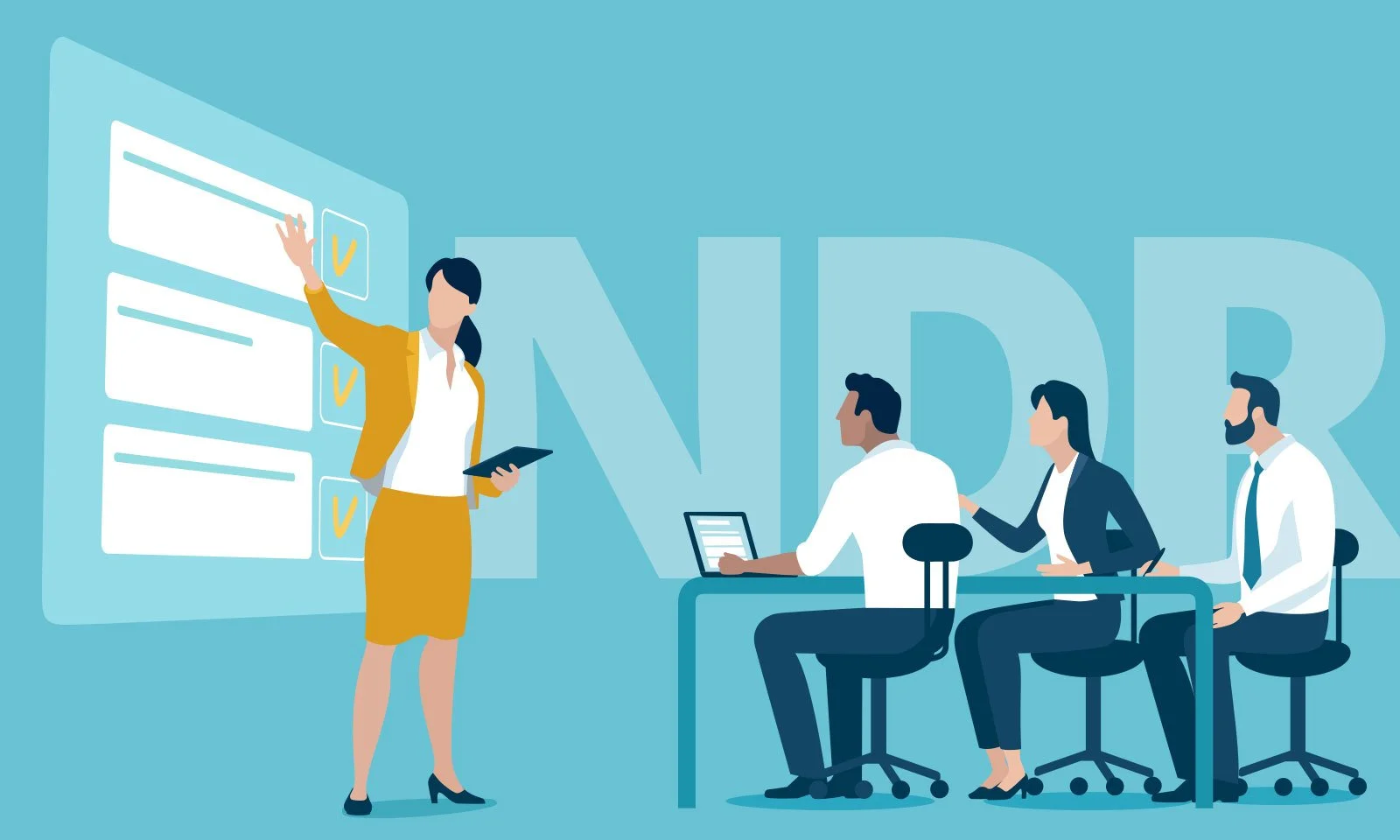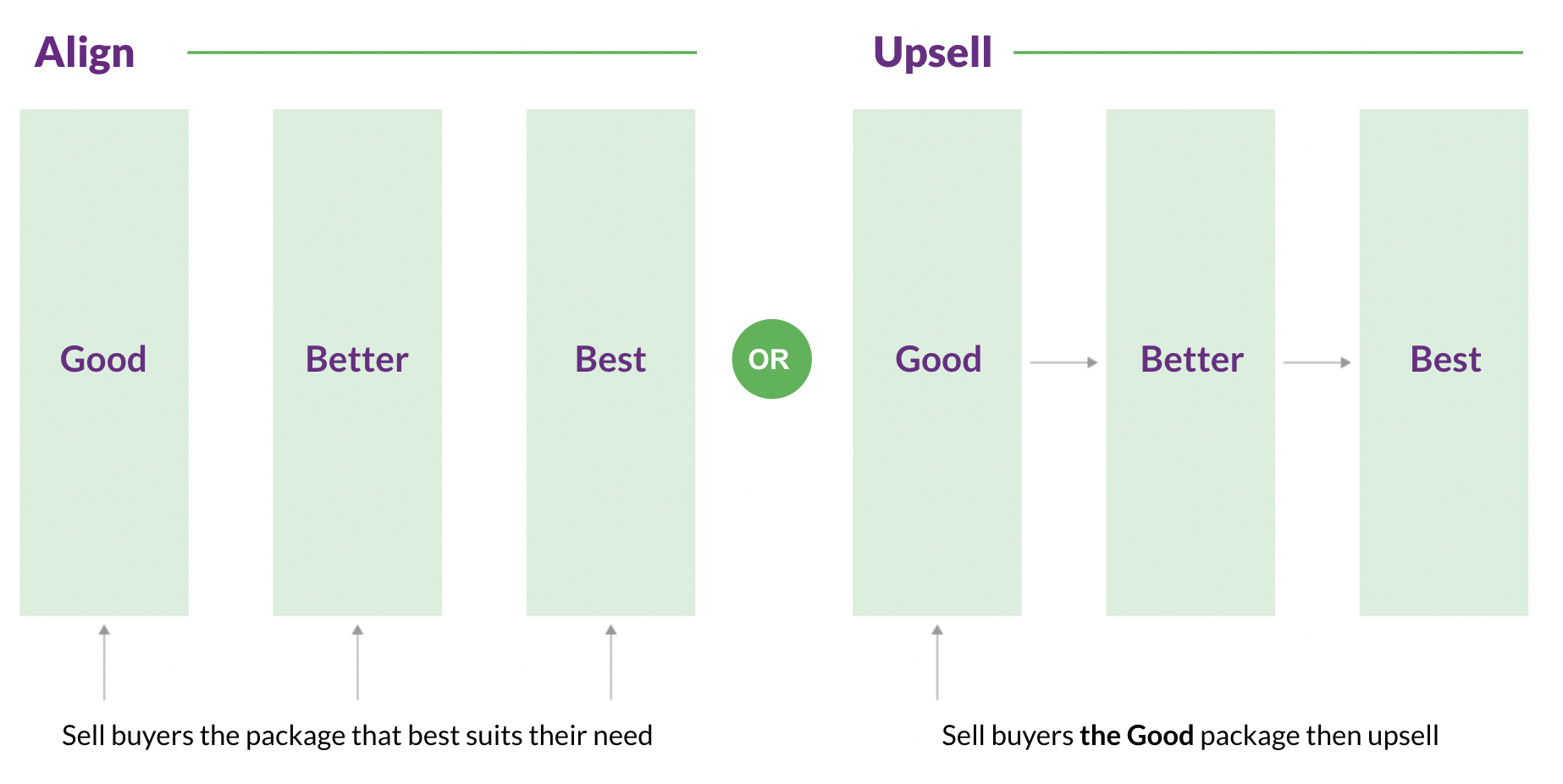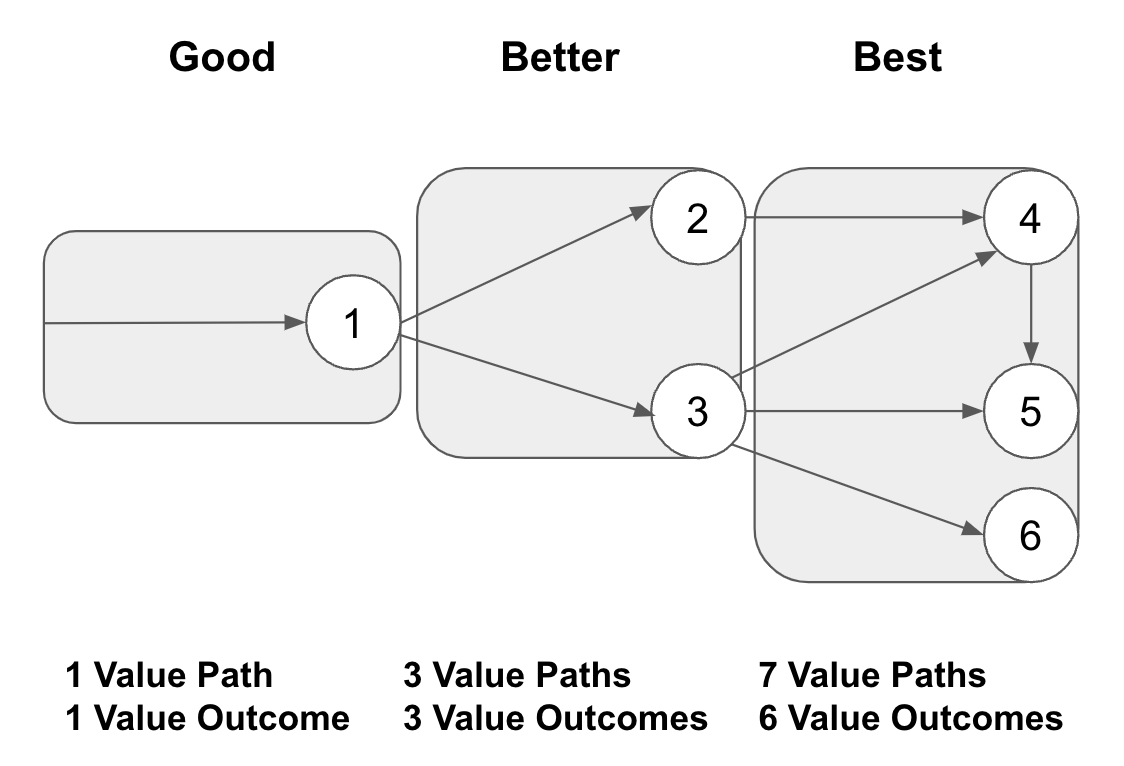NDR Growth Tactics 2: Drive Up-sell
Steven Forth is a Managing Partner at Ibbaka. See his Skill Profile on Ibbaka Talio.
Net Dollar Retention (NDR), or Net Revenue Retention (NRR) to use the more generic term, has become a priority for most SaaS businesses. The reasons are simple.
Customer Acquisition Costs (CAC) have already been covered so this is a very cost efficient form of growth
Buyers and investors want to be sure a solution delivers value; NDR growth is strong evidence of value
Positive NDR shows that the company has the ability to overcome the natural account churn that is part of any SaaS business
Ibbaka has a compelling framework for delivering NDR growth, one that is well supported in the Ibbaka Valio platform. We are sharing this framework in this series of eight posts.
NDR growth tactics 2: Drive Upsell (This Post)
The six NDR factors are often shown using the NDR waterfall. This is a powerful tool to understand what levers are driving NDR and where actions should be focussed.
Upsell as an NDR Lever
The second positive factor to grow Net Dollar Retention (NDR) is upsell. Upsell occurs when one gets a customer to move from one package to another, higher priced, alternative.
Upsell is most relevant to companies that have adopted the popular Good Better Best (GBB) approach to package design. In this approach, one has three or more packages with the value, and the pricing, increasing from one package to the next.
In addition to the standard GBB packages, many companies have a Free offer before Good and an Enterprise offer beyond Best. In this case, the Enterprise package is generally sold using “contact us for a quote.”
There are two different cases to cover here, depending on the role of packages in your system.
Align from the beginning
One approach is to align buyers with the package that best meets their needs. Well executed, this approach can generate the most revenue as buyers get the functionality they need and pay the appropriate price for this value, right from the beginning. There is no delay while the upsell process kicks in. Of course there are still opportunities to Grow in Package (see the previous post), but upsell opportunities are limited to changes in the circumstances of the customer that justify a change in package.
Of course one can still execute price increases, especially as you add value to each package. This should be part of your regular planned program of price changes.
Attract in then upsell
The other approach is to attract buyers into a cheaper package (sometimes even a free package) and then lead them to move up from Free to Good to Better to Best. In this design approach upsell is critical. You do not want to have a lot of customers stuck at the lowest, cheapest, package. This happens more often than it should. If you have a GBB architecture, and you are using the Upsell tactic, check and see the distribution of customers and revenues across the three packages. If more than 50% of revenues are coming from the Good package you have a problem. If more than 70% of revenues are coming from the Best package, you have an opportunity. It is a lot easier to take advantage of the opportunity than it is to fix the problem, but both need immediate action.
Good Package > 50% of revenue - you need an upsell strategy now
Best Package > 70% of revenue - you should increase pricing for the Best Package and the Better Package
How to promote upsell
So what can you do to promote upsell?
Fences
The first thing to do is to look at your fences. Fences are those limitations to a package that can push a customer to upgrade. There are four common types of fence.
Functionality - certain functionality is only available in a s specific package. In GBB pricing you see this happening when the package description says something like “Everything in Good plus …”
Usage limits - in some cases one can only get a certain number of users, or a certain number of transactions in a package: “For up to 5 users” or “For up to 1,000 contacts.” For Ibbaka Valio the packages are fenced by the number of models supported (you can have as many users as you like).
Integrations - some companies do not allow or severely limit the ability to integrate the lower level packages. The Ibbaka Valio Entry package does not support third party integrations, one needs to upgrade to the Growth package to integrate with your CRM, billing software or your own application.
Service Levels - What level of customer support is provided and how much consulting is provided? Are the consulting services included in the subscription or are they charged separately.
Value paths
Another way to encourage upsell is though value path design.
A value path is a sequence of actions taken by a user that results in something of value. Applications like Pendo can help you design value paths and track value path completion.
The key here is to connect value paths across packages so that completion of one value path leads naturally to the next and a user wants to continue on. Some companies even show the next natural value path(s) but grey out the functionality, teasing the user and inviting them to ask for access. What you want to avoid are isolated value paths, where once completed, the user is satiated, and has no need or design for more. Or even worse, value paths that cross package borders.
An example of this is in marketing automation software.
Establish a Contact
Have the Contact Download a Resource
Have the Contact Do a Canned Demo
Have the Contact Request a Demo
Have the Contact Ask to Speak to a Sales Rep
Have the Contact Ask to Speak to a Reference
Value path design is a critical part of package design and one of the keys to driving upsell.
Product Qualified Leads (PQLs)
There are a lot of lessons to be learned from Product Led Growth (PLG). One of them is that product use can tell you when a customer is ready to upgrade. There are three things you need to do.
Instrument your software so that you can track key behaviors and events (like the competition of value paths)
Use predictive analytics to identify the early signals that a customer is ready to upgrade - these are your PQLs
Set up a sales process for the PQLs that is as rigorous and measured as your outbound sales process
Conclusion
Growth in Package and Upsell work together to drive NDR. You need to work both levers and you need to resolve the tension between the two. Sometimes optimizing for Growth in Package will reduce the opportunity for Upsell and vice versa. Model the two strategies. See which one will generate the highest NDR. Check the actual distribution of customers, users, transactions, usage and revenue across each package and see if rebalancing is needed. Then think about cross sell and how to use it to grow NDR.
Download the NDR Report here
Read other posts on Net Dollar Retention
Pricing Diagnostics and Rapid Response (Master Class with PeakSpan)
Using Pricing to Optimize NDR (Master Class with PeakSpan)
NDR Growth Tactics 2: Drive Up-Sell (this post)
Net Revenue Retention (NDR) impacts the value of your company






